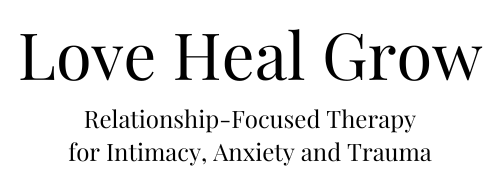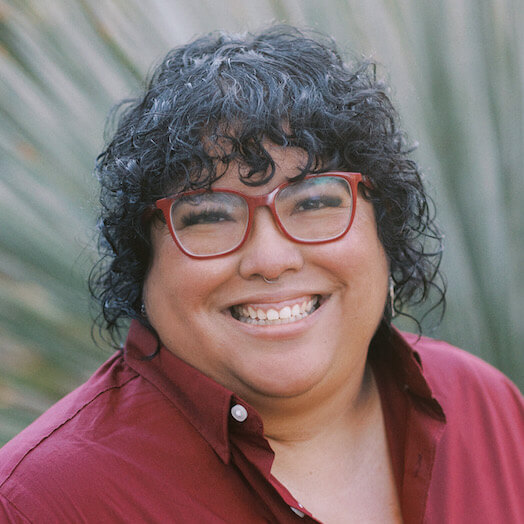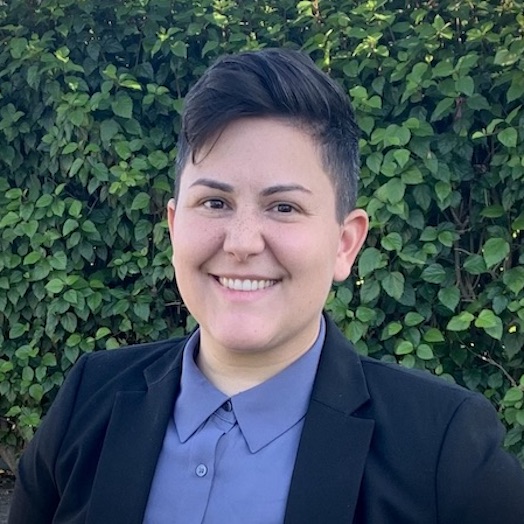
Today’s topic is a hard one. Sexual assault is challenging to think about, but it’s even harder when you’re trying to contextualize it for kids. However, it’s absolutely vital that kids know about sexual assault and have trusted adults they can tell if it happens.
According to RAINN, 1 in 9 girls and 1 in 20 boys under the age of 18 experience sexual abuse or assault. This is a conservative estimate; the CDC estimates that closer to 1 in 4 girls experience sexual assault before the age of 18. While both boys and girls are at risk, RAINN notes that 82% of all victims under 18 are girls. What’s more, the “stranger danger” panic of the 1980s was never right to begin with. Nobody wants to think about it, but the people most likely to harm children are known to them. Nearly all– 93%– of child sexual assault cases are perpetrated by somebody the child knows. About 59% are acquaintances, while 34% of these perpetrators are family members. Only 7% of child sexual assault is performed by strangers. This means that a trusted adult is the person most likely to sexually assault a child, so it’s vital that your kids know what sexual assault is and that they have a big enough circle of trusted adults that they don’t feel isolated.
When To Talk To Kids About Sexual Assault
Ideally, the discussion of sexual assault is an ongoing conversation. Younger children may not be ready for detailed discussions, but introducing basic concepts of personal boundaries and safe touches lays the foundation. As they grow older, the discussions can evolve to cover more nuanced topics such as consent and respectful relationships. It’s important to teach even the youngest children lessons about consent and boundaries. It’s also important to teach them how to say “No!” and that their no will be respected– even around family members. This means that if your 2-year-old doesn’t want to kiss Grandma, you do not make them kiss Grandma. Kids need to know that when they say no, it’s normal for adults to respect their decision. Showing kids that any adult, especially a family member, can violate their “no” to receive affection tells them that actually, their boundaries don’t matter.
As kids grow up and learn more about their bodies, it becomes more important to discuss sexual assault with them. You don’t have to tell them more about sex than they’re ready for, but discussing the importance of boundaries and not letting people touch them inappropriately is important at young ages. The median age for juvenile sexual assault is 9.
Opportunities to discuss sexual assault may arise organically through everyday situations. News stories, television programs, or incidents in the child’s social circle can serve as entry points for conversations. Seizing teachable moments allows the information to be presented in a context that is relevant and relatable to the child. Observe your child for signs of readiness to engage in more mature conversations. As they demonstrate increased curiosity or start asking questions about their bodies, relationships, or personal boundaries, it may signal that they are ready for more detailed discussions.
How To Talk To Kids About Sexual Assault
Knowing how important it is to talk about sexual assault is one thing– but how do you actually do it? How do you bring it up without scaring or confusing your child? Here are some ways that parents can talk to children about sexual assault that reinforce boundaries and trust.
Use Age-Appropriate Language
When discussing sexual assault, using age-appropriate language is crucial. Avoiding overly graphic details is important, especially for younger children. Use simple and clear language to convey the key messages, and be prepared to answer any questions they might have with honesty and sensitivity.
It’s also important to use the correct names for body parts. When children are taught inaccurate names for their genitals, they may learn that talking about them could get them in trouble. Consequently, they might hesitate to confide in adults when they feel confused or concerned about inappropriate touching. This approach hinders open communication and makes it harder for a child who is experiencing abuse to talk about their experiences.
Establish Open Communication
Encourage your child to express their thoughts and feelings without fear of judgment. Create an environment where they feel comfortable sharing their concerns or asking questions. Active listening is key – make sure they know you are there for them and take their feelings seriously.
You also need to answer their questions honestly. And while honesty is crucial, it’s equally important to consider the child’s age and emotional readiness. Tailor the information to what is developmentally appropriate. For younger children, discussions may revolve around understanding personal boundaries, while older children may delve into the concept of consent and the importance of communication in relationships.
Focus on Empowerment
Rather than instilling fear, emphasize empowerment. Teach children about their bodies, boundaries, and the importance of saying “no” when something feels uncomfortable. Provide them with strategies to seek help, such as identifying trusted adults and discussing scenarios in which they might need assistance. As children mature, discussions about consent become increasingly important. Emphasize the significance of respecting others’ boundaries and asking for permission before touching someone else or engaging in any intimate activity– consent is important for everyone!
Utilize Age-Appropriate Resources
There are numerous age-appropriate books, videos, and online resources designed to help parents broach the topic of sexual assault with their children. Incorporate these resources into your conversation to provide additional perspectives and reinforce key messages. One of the best places to find resources is Darkness to Light, RAINN’s response network and resource hub for child sexual abuse. Their website is a great place to find information that can help you and your kids.
Address Online Safety
In today’s digital age, it’s crucial to include discussions about online safety. Teach children about the potential risks associated with sharing personal information online and the importance of reporting any inappropriate behavior they may encounter.
Monitor Changes in Behavior
Keep a close eye on changes in your child’s behavior that may indicate distress or discomfort. If your child exhibits signs of withdrawal, mood swings, or any sudden shifts in behavior, initiate a conversation to understand their feelings and concerns. Even if nothing is going on, this helps establish a habit of regularly checking in with your child about their feelings and experiences. This ongoing dialogue creates a natural space for discussing more sensitive topics as they arise.
Reinforce the Importance of Reporting
Empower your child with the knowledge that they can always come to you with their concerns. Reinforce the idea that if they ever experience or witness something uncomfortable, they should report it to a trusted adult immediately. And be sure to remind them that if a trusted adult is the one hurting them, there are other adults they can tell. Any teacher at school, even if they aren’t your child’s teacher, will be able to help them.
Sexual assault is one of the most terrifying experiences a child can undergo, and the trauma that results is devastating. Children who have experienced assault will almost invariably need help from a trauma-informed mental health professional. If you need more information about talking to kids about sexual assault, don’t hesitate to reach out to the therapy team at Love Heal Grow.
Other resources include:
RAINN national hotline: 800-656-HOPE (4673)
National Center for Missing and Exploited Children (NCMEC) hotline: 1 (800) 843 – 5678
NCMEC Cyber Tipline: http://www.missingkids.com/gethelpnow/cybertipline
(Note: NCMEC serves as a comprehensive reporting center for all issues related to the prevention of and recovery from child victimization. It isn’t just for missing children, it’s for any child that’s at risk of exploitation.)
ChildHelp National Abuse Hotline: 1 (800) 422-4453
























